
*To watch the video in full screen, please click play and then the YouTube icon on the lower right-hand corner.
Dates
11.20.2024 (Wed.) – 01.22.2025 (Wed.)
Hours
Mon. – Fri. | 11:00 AM – 7:00 PM
Sat. – Sun. | 11:00 AM – 8:00 PM
Location
JAPAN HOUSE Gallery, Level 2
Fee
Free
The exhibition “Masters of Carpentry: Melding Forest, Skill and Spirit” welcomes visitors into the world of the Japanese daiku, or master carpenters – the guardians of the timeless traditions and cultural heritage of Japan’s wood craft.
In Japan, a rich tradition of carpentry and wood craftsmanship has flourished over centuries, nurtured by imperial and sacred architecture, and propelled by the nation’s economic and cultural development. Daiku, the revered masters of Japanese carpentry and woodcutting, have long honored nature, seeking the benevolence of mountain deities in gathering their materials. Central to their ethos is the imperative of sourcing wood in harmony with the forest, advocating for the meticulous selection of materials tailored to each application. Japanese woodworking practice, renowned for its precision, is thus rooted in a profound reverence for nature and environmental balance.
Despite the challenges of mountainous forest terrain and limited natural metal ore resources, Japanese master carpenters have displayed remarkable innovation, pioneering world-class carpentry tools and kigumi, wood joinery techniques characterized by their simplicity and efficiency. This exhibition pays homage to the Japanese carpenters – builders of temples, shrines, and teahouses – showcasing their tools and their indispensable joinery, from the delicate to the robust, inherent in this important cultural architecture.
This JAPAN HOUSE touring exhibition is produced in conjunction with the Takenaka Carpentry Tools Museum in Kobe, Japan, and a symbol of the museum’s longevity and commitment to preserving the Japanese daiku culture. Marking its 40th Anniversary in 2024, the museum has continued to collect carpenters’ tools and reintroduce daiku culture which has been in danger of disappearing since the second half of the 20th century. The exhibition will debut at JAPAN HOUSE Los Angeles before traveling to JAPAN HOUSE locations in London and São Paulo.
Explore the Exhibition
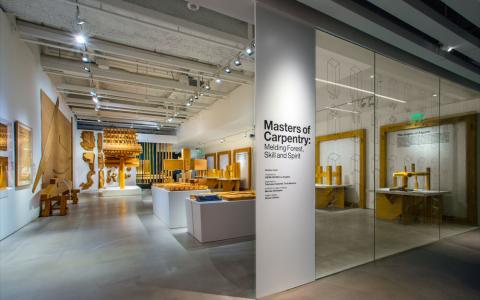
© JAPAN HOUSE Los Angeles
- The master carpenters’ refined tools
- A reverence for nature and the Japanese forest
- The practice of dōmiya daiku – the shrine and temple carpenters
- Kigumi – the strength and beauty of Japanese joinery
- The work of the sukiya daiku – the skillful carpenters employing natural materials to detail and finish elegant teahouses
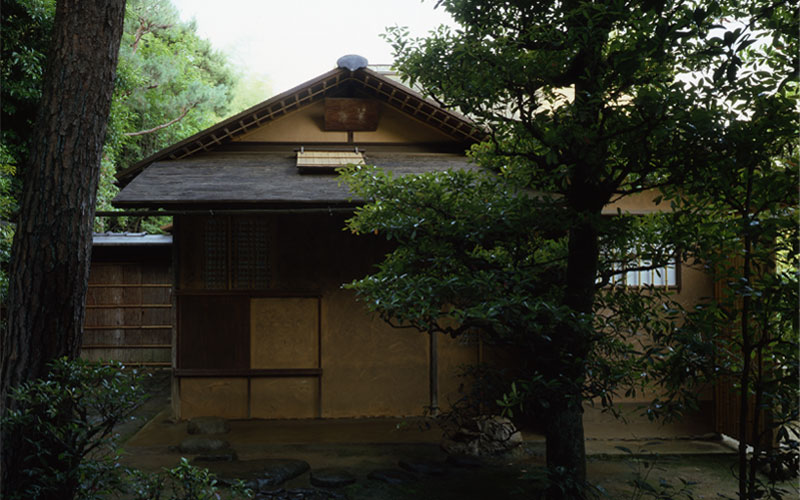 Sa-an Teahouse, 1742, Gyokurin-in Sub Temple, Daitoku-ji Temple, Kyoto, Japan
Sa-an Teahouse, 1742, Gyokurin-in Sub Temple, Daitoku-ji Temple, Kyoto, Japan
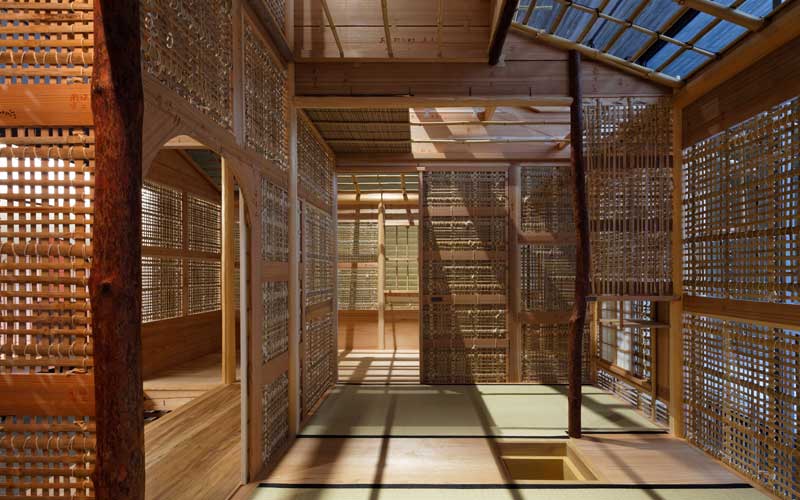 Structural model of Sa-an Teahouse
Structural model of Sa-an Teahouse
A re-created section of the hipped roof from the Tōindō (Eastern Hall) of the Yakushiji Temple in Nara and a full-scale model of the Sa-an Teahouse (seen in the image above) at Daitoku-ji Temple in Kyoto, exemplify the continuing holistic relationship between forest, skill, and spirit deeply ingrained in the Japanese daiku tradition.
The Tools
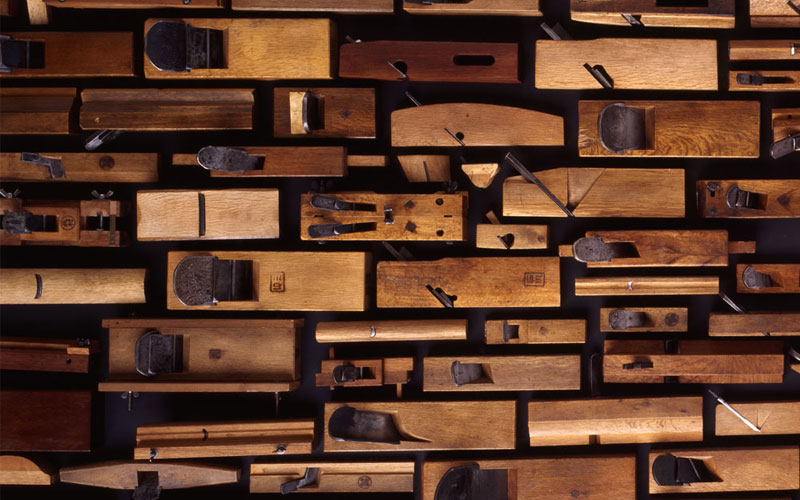 A collection of Japanese hand planes
A collection of Japanese hand planes
In Japan, it is said that tools reflect one’s capability and the potential of their work. A quote from master carpenter Tsunekazu Nishioka embodies this notion: “When you study someone’s tools, you come to know their skill. By observing how they handle their most important possessions, their tools, you come to understand their attitude toward their work.” The exhibition opens with a diverse array of tools including planes, chisels, and saws. These objects – stunning in their own right – convey the spirit of preparation that leads to excellence in craft and ultimately the beautiful architecture which has stood the test of time.
Nature and Forest
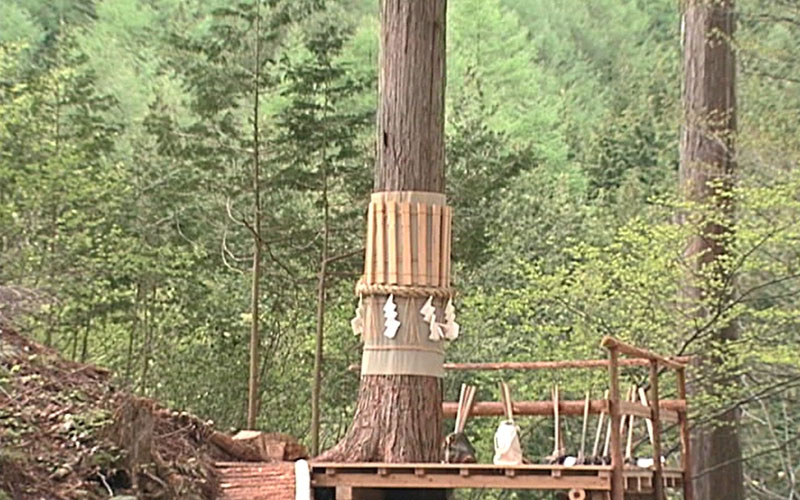 Still from Nature and wood materials video
Still from Nature and wood materials video
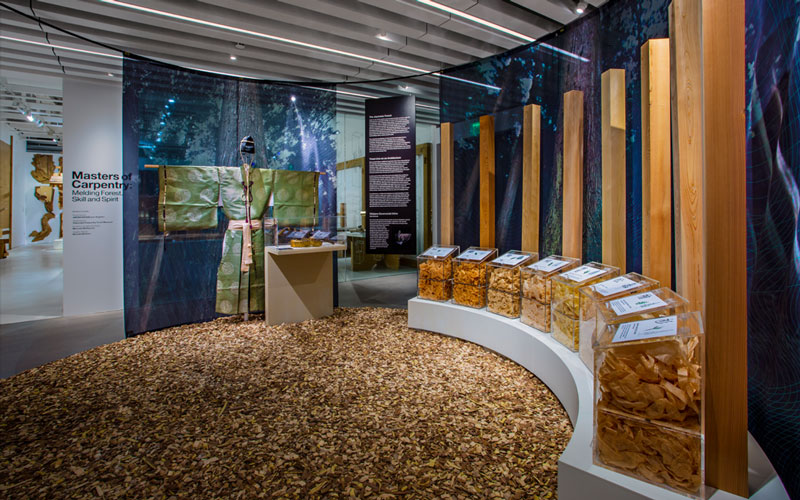 © JAPAN HOUSE Los Angeles
© JAPAN HOUSE Los Angeles
The primary characteristic of Japanese woodworking technology is often said to be its intrinsic precision. However, behind this is the craftsman’s skill and spirit nurtured by the Japanese people’s unique reverence for nature and the environment. Today, when we must reconsider the global environment for all humanity, we can find wisdom in the holistic relationship the daiku have with the forest and in their traditions that transcend history. As visitors enter deeper into the exhibition space, they are greeted with the sounds and subtle aromas of the Japanese forest. Scents of cedar and cypress mingle in an enchanting immersive presentation of Japan’s indigenous timber and the ritual garments, tools, and implements of the daiku tree felling ceremonies.
Emerging from the forest experience, the main gallery opens to an expansive display of kigumi, or wood joinery. The kigumi models are presented reflecting the techniques used within the realms of the shrine and temple builders, the dōmiya daiku, and the artisans of teahouse construction, the sukiya daiku.
Dōmiya Daiku
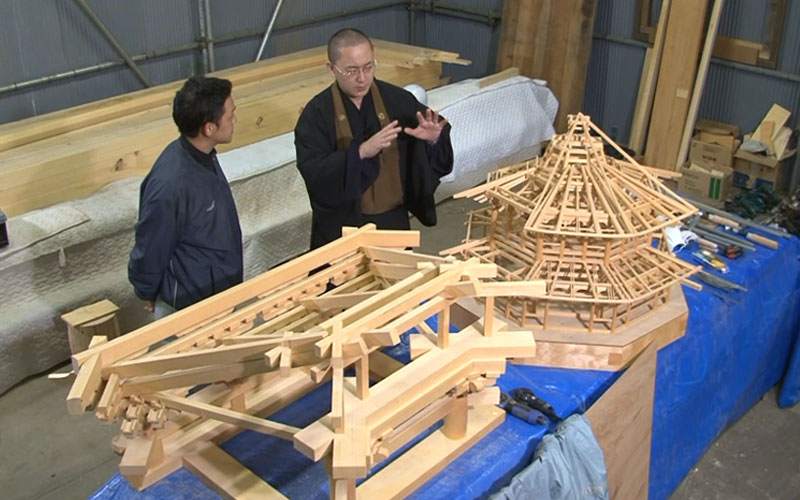 Still from “Master Carpenter: The World of Temple and Shrine Carpenters” video
Still from “Master Carpenter: The World of Temple and Shrine Carpenters” video
 © JAPAN HOUSE Los Angeles
© JAPAN HOUSE Los Angeles
Crafted wooden models reveal the structures hidden within the ancient buttresses and sweeping rooflines of Japan’s temples and shrines, which absorb the shock from earthquakes and can be replaced or repaired by future generations ensuring these monumental wooden buildings endure for centuries.
Kigumi
 A selection of sashimono kigumi (Japanese wood joinery)
A selection of sashimono kigumi (Japanese wood joinery)
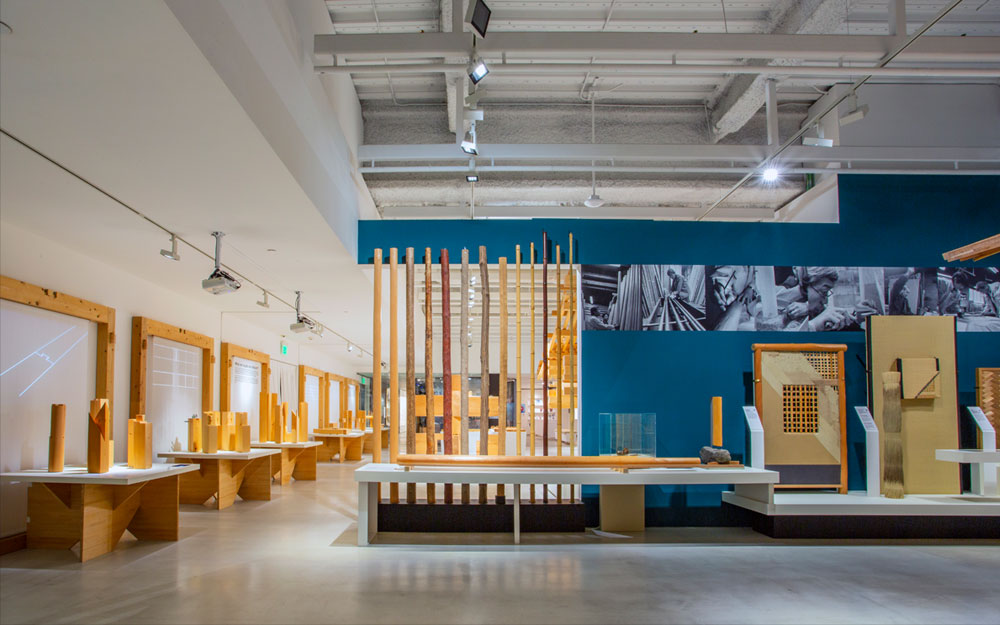 © JAPAN HOUSE Los Angeles
© JAPAN HOUSE Los Angeles
The kigumi (joinery) models feature the techniques known as tsugite and shiguchi. Tsugite refers to the method of joining components end-to-end in the same direction lengthening material (a scarf joint), while shiguchi refers to methods of joining components at right or various angles (dovetail, rabbet, mortise and tenon joints, for example). Examples of the detailed processes of sashimono and kumiko, the intricate woodwork used in furniture and interior architectural fittings, impart the impressive sophistication of the more refined aspects of kigumi. Specific “hands-on” presentations will be available for guests to directly experience the strength and stability of larger structural kigumi designs and the delicate finesse of finer finishing joints.

Kumiko woodworking (Detail view)
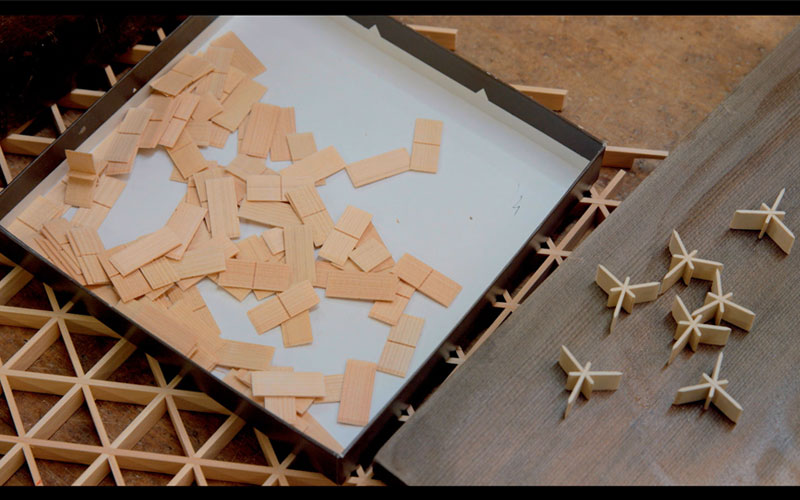
The making-of video
Sukiya Daiku
 Still from “The Sukiya Carpenter: Constructing Beauty” video
Still from “The Sukiya Carpenter: Constructing Beauty” video
 © JAPAN HOUSE Los Angeles
© JAPAN HOUSE Los Angeles
The exhibition culminates in a glimpse into the sukiya architecture of the teahouse, highlighting the artistry of these simple structures, which value delicacy and transience over robustness. The full-size model of the Sa-an style of Japanese teahouse encapsulates the sukiya process which accentuates the organic shape, texture, and color of timber, bamboo, clay and grass. Three guest master carpenters from Japan realized the structure over five days, leaving it elegantly unfinished to reveal the inner walls and frame.
Through this exhibition the natural beauty of this vital cultural heritage is elevated, serving as a testament to the enduring legacy of craftsmanship and the unique melding of forest, skill and spirit within Japan’s Masters of Carpentry.
About the Curator

© Manggha Museum of Japanese Art & Technology
Marcelo Nishiyama
Marcelo Nishiyama is a curator specializing in architectural history and design at The Takenaka Carpentry Tools Museum (TCTM). He has curated an array of exhibitions based on research in the field of building technology. His work covers a wide range of subjects, including carpentry and tools, blade making and the art of sakan (Japanese plasterwork), as well as the latest building techniques such as Cross-laminated timber (CLT). He has recently curated exhibitions on behalf of TCTM at the Manggha Museum (Poland) and the Maison de la Culture du Japon à Paris (France).
About the Featured Daiku

© Manggha Museum of Japanese Art & Technology
Akinori Abo
When Akinori Abo was in elementary school, he was deeply impressed by the planning skills of a carpenter hired to renovate his house. Under the carpenter’s hand, the old wood magically transformed into something beautiful. After graduating from middle school, Abo apprenticed living with a carpenter for three years, and then began a journey of self-study searching for skilled carpenters to learn from.
Born with extreme chemical sensitivity, Abo has aimed to create people friendly ... Read more.
buildings using only natural materials. It has been a challenging path, often resisting the tide of the times. Abo says, “As a craftsman, I want to take responsibility for my work, receive direct feedback on what I leave behind, and see the joy on people’s faces.” With these thoughts in mind, he established his company Kōbokusha in January 2000.
The humorously named "Kezurō-kai," literally the “Shaving Association.” has a competition among carpenters to determine the finest shavings using a plane. Each shaving reflects the mastery of the craft. Over time, these shavings came to be known as "Kezuri-bana," plane flowers. Abo won the third competition (1998) and boasts a record of 3μ (3 microns), 3% of the thickness of a human hair. Before long, he had a global following.
Since 2006, Abo has been participating in projects with the Takenaka Carpentry Tools Museum. The structural model of the Sa-an tearoom built by Abo, featured in the Masters of Carpentry exhibition at JAPAN HOUSE Los Angeles, has been showcased in presentations worldwide extending from Harvard University to Finland, China, Poland, and France.
About Takenaka Carpentry Tools Museum
The better the quality of the carpentry tool, the more likely it is to be used until it wears out and disappears. However, technological development fostered by the rapid economic growth during Japan’s post war period has resulted in a dramatic decrease in carpenters who use hand tools, exemplified by the spread of machine lumbering and electric power tools. Once the extension of the master carpenter’s hand, these tools are now possessed by automation.
The Takenaka Carpentry Tools Museum (TCTM) opened in 1984 in Kobe, as the only museum of carpentry tools in the world, with the objective to collect and conserve those disappearing hand tools while preserving the cultural heritage of the Japanese woodworker. Today, the museum endeavors to pass this legacy on to the next generation through research and exhibitions.
Exhibition-Related Programs
From Forest to Form |
Japanese Carpentry at Shōya House
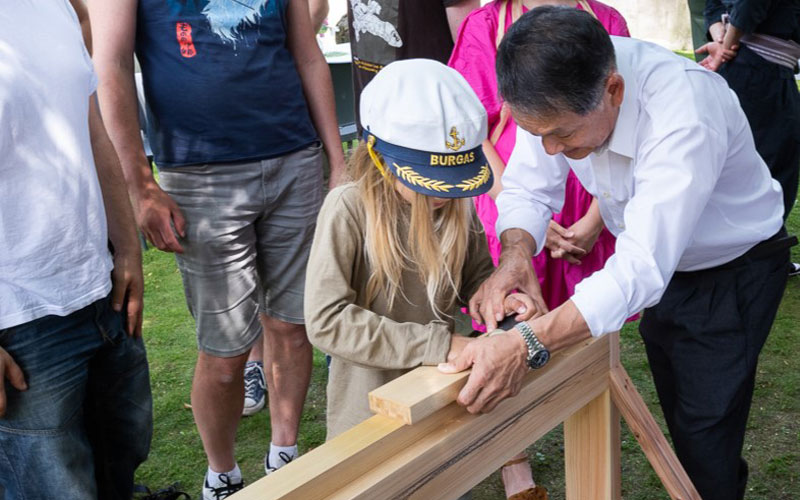 © Manggha Museum of Japanese Art & Technology
© Manggha Museum of Japanese Art & Technology
Date
11.16.2024 (Sat.)
Location
This pre-exhibition opening program featured Japanese master carpenter, Akinori Abo, at the Japanese Heritage Shōya House for a drop-in program showcasing demonstrations of traditional woodworking tools and time-honored carpentry techniques. Visitors had the unique opportunity to test their own skills under guidance.
Curator Talk | The Spirit of Japanese Craftsmen and Nature
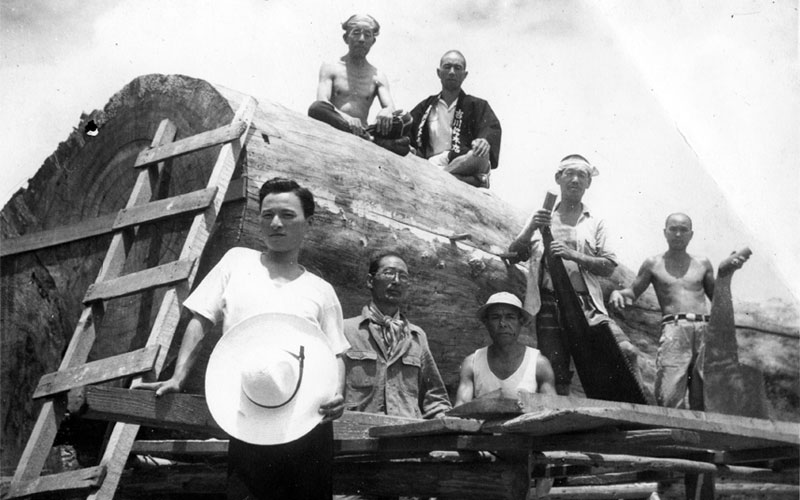
Date
11.20.2024 (Wed.)
Location
Salon, Level 5
A behind-the-scenes Curator Talk at JAPAN HOUSE Los Angeles Salon, where exhibition producer and director with the Takenaka Carpentry Tools Museum in Kobe, Marcelo Nishiyama, delved into the philosophy and techniques central to Japanese carpentry, exploring its deep connections to nature and spirituality.
Tea Tuesdays | Omotesenke Tea Ceremony Pop-Up
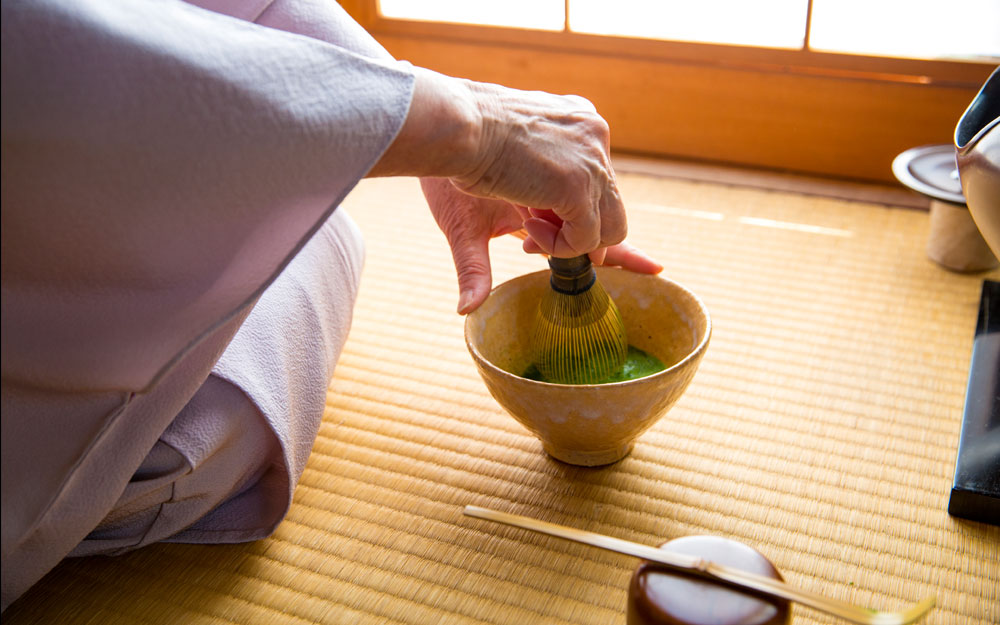
Dates
12.03.2024 (Tue.) & 12.10.2024 (Tue.)
Location
Gallery, Level 2
Discover the simple elegance of the Omotesenke tea ceremony for a moment of warmth and mindfulness in the busy holiday season. The program will feature an introduction to the tea ceremony philosophy and history, a live demonstration, and a tasting of tea and traditional sweets.
Tea Tuesdays | Urasenke Tea Ceremony Pop-Up
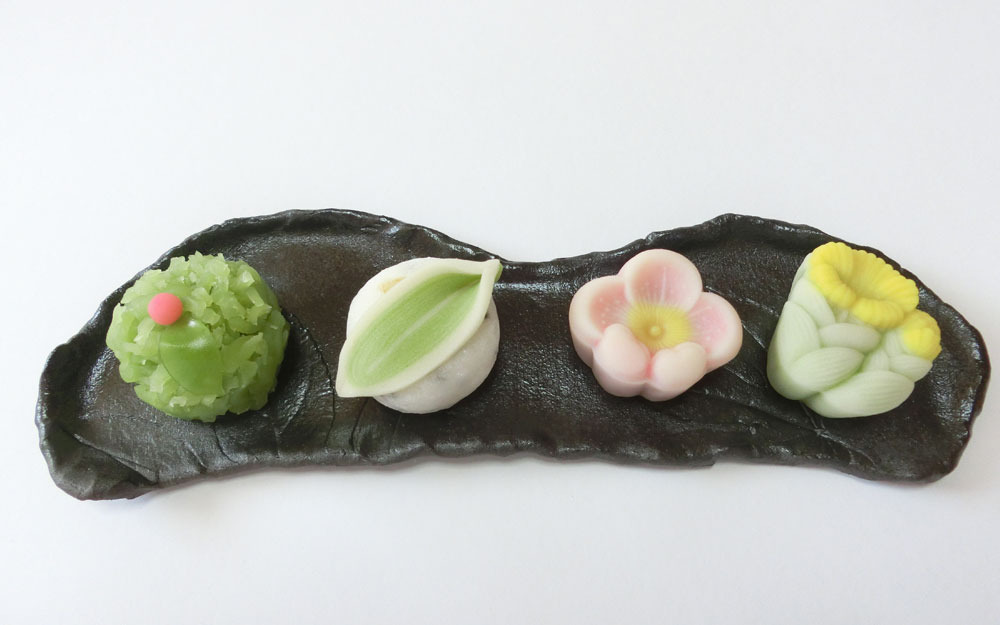
Dates
01.07.2025 (Tue.) & 01.14.2025 (Tue.)
Location
Gallery, Level 2
As January is “National Hot Tea Month,” it’s the perfect opportunity to sample and savor tea elevated to an art form. Discover the timeless elegance of the Japanese Urasenke tea ceremony as part of the “Masters of Carpentry: Melding Forest, Skill and Spirit” exhibition.
Topic-Related Reading
A New Life for an Edo-period Treasure: Japanese Heritage Shōya House in Los Angeles

*To watch the video in full screen, please click play and then the YouTube icon on the lower right-hand corner.
In the fall of 2023, an authentic, traditional Shōya House transported from Japan has been restored and exquisitely reconstructed at the Huntington Library, Art Museum, and Botanical Gardens in Pasadena. This 320-year-old house and agricultural compound originally stood in the village of Marugame, in Shikoku, Japan, and long ago served an important function as a Shōya House, the center of village life and local government administration during the Edo period (1603-1868). Now open to the public, the structure is a stunning example not only of traditional architecture of the period, but of a building that played a key part of life and society for a village during the Edo-period.
Sacred Architecture | Shrine and Temple Carpentry 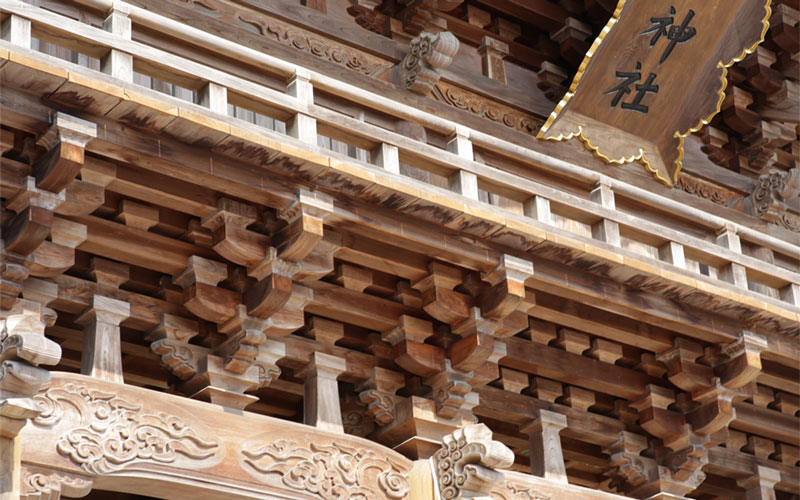
When the 1995 Kobe earthquake devastated the region, the 7th-century Yakushi-ji Temple stood unscathed, thanks to the ingenious wooden joinery techniques used to build it. From sustainable forestry practices to nail-free construction methods, learn how the dōmiya daiku blend meticulous craft with ancient philosophies.
Heritage by Hand | Japan’s Traditional Craft Program 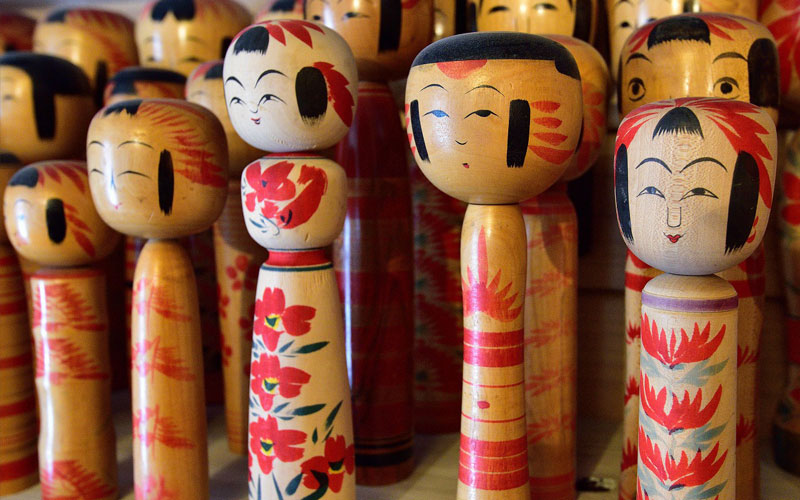
This article explores how the “Traditional Crafts of Japan” program was established in 1974 and has since safeguarded many centuries-old techniques. Read on to learn how this visionary initiative has helped sustain more than 200 traditional crafts – from lacquerware to metalwork to wood craft – and ensured that cultural heritage is kept alive through practice.
Gallery Photos
*To view the flipbook in full screen, please click on the “Fullscreen” icon on the lower right-hand corner from the window above.
Exhibition Brochure
Exhibition Credits
Presented by
JAPAN HOUSE Los Angeles
Organized by
Takenaka Carpentry Tools Museum
Exhibition Curation & Design
Marcelo Nishiyama
Graphic Design
Hiroshi Ohmizo

